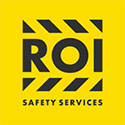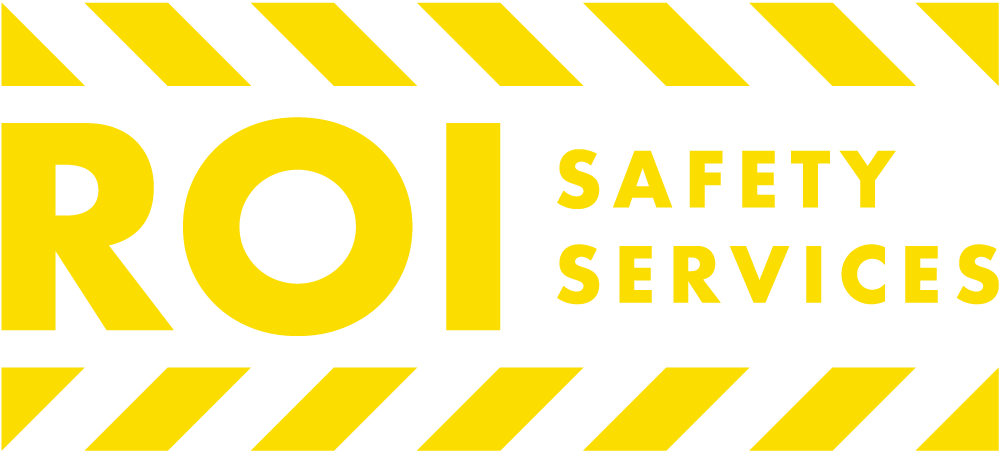With GHS alignment, each container of a classified hazardous chemical is to be labeled, tagged, or marked with the following elements:
- Product or chemical identifier clearly indicated on the label that matches the product or chemical identifier on the SDS.
- Contact information for the product supplier, including the company name, address and telephone number.
- Hazard Pictograms. Pictograms have a black symbol on a white background with a red diamond frame. (See examples below)
- Flame Explosive Health Hazard Corrosion Skull and Crossbones Exclamation Mark
Note: GHS allows for a black frame to be used for shipments within a single country. OSHA, however, is proposing that a red frame be used regardless of whether the shipment is traveling inside or outside of the country. - The signal word should be clearly marked at the top of the label beneath the product identifier. GHS permits the use of only two signal words (and only one at a time) – DANGER or WARNING – to emphasize the hazard and distinguish between hazard levels.
- A hazard statement that describes the level of hazard should appear under the signal word. Signal words, hazard statements and pictograms have all been harmonized and assigned to each hazard class and category in GHS. Once a chemical has been classified, the relevant harmonized information can be found in HCS under the new Appendix C.
- Lastly, the label should include the appropriate precautionary information. Since OSHA does not currently require precautionary statements, this is a key change to HCS. As of now, precautionary statements in the GHS are not harmonized. The intent is to harmonize precautionary statements in the future; until that time, OSHA is expected to mandate the use of the GHS examples, which it anticipates will end up being the harmonized statement
Keep in mind these requirements are for classified hazards. For unclassified hazards, the shipping label should include the product name, supplier contact information, and as supplemental information, a description of the hazards and appropriate precautionary measures. WHMIS has additional label elements that may need to be included, such as an on label reference to the corresponding SDS.
Workplace Labeling
GHS allows authorities like OSHA to determine what types of workplace labels will be required, and OSHA has signaled it will continue to give employers flexibility in this area by allowing them to choose “to label workplace containers either with the same label that would be on shipped containers for the chemical under the revised rule, or with label alternatives that meet the requirements for the standard.”
OSHA will also continue to give employers alternatives to affixing labels to stationary containers and portable containers used to transfer materials from other labeled containers, so long as the portable containers remain under the control of the employee who performs the transfer and are used within a workshift.
Remember, labels must not be defaced or removed unless immediately replaced with new labels.

